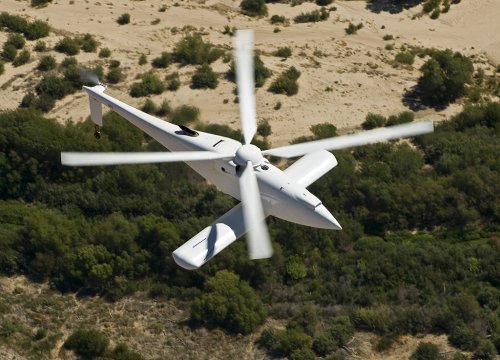Somewhat related AFRL "Gotcha" Radar?
https://www.fbo.gov/index?s=opportunity&mode=form&id=cb163520f9cb87631daa9f7f652dd693&tab=core&_cview=0
'Gotcha radar' aims to help troops see in any conditions
By Jim DeBrosse
Staff Writer
WRIGHT-PATTERSON AIR FORCE BASE —
The capability to scan an entire city from the air in any weather and detect ground movement of an object as small as a cockroach 
is a goal of the Gotcha radar program at the Air Force Research Laboratory. In development at AFRL for several years, the Gotcha radar was first tested in 2006, looking at a 1-kilometer-sized city section with the help of a shared supercomputer at the AFRL to process the real-time, 3-D video images.
With the unveiling this morning, Aug. 31, of a new supercomputer dedicated entirely to Gotcha, base researchers will be able to scan a circle of about 5 kilometers, converting Gotcha’s real-time radar data into a 400-megapixel image every second, said Dr. Dave Jerome, director of the AFRL’s Sensors Directorate. Each image has about 100 times the resolution of an ordinary camera. The Desch — named after Dayton codebreaker and computer pioneer Joe Desch — was custom-built for Gotcha researchers by Silicon Graphics Inc. of California. To move massive amounts of data quickly, the computer has an extra processor, an SGI Altix 450, dubbed “The Bombe” by researchers for the high-speed codebreaking machine Desch designed to crack the Nazi Enigma codes. Under a top-secret Navy program starting in 1943, NCR produced and built 120 of Desch’s codebreaking machines, which were so reliable they operated day and night until the end of the war.
Although the $2.2 million Desch supercomputer can assimilate, store and analyze radar data with blazing speed, its hardware alone can’t show researchers what’s moving on the ground. Radar operates by sending out electromagnetic energy and detecting the energy reflected back by objects. Radar’s advantage is that it can find objects day or night and peer through clouds, rain or snow. The disadvantage is that it requires complex computer coding to translate its readings into meaningful, real-time images for surveillance. “It’s not like putting together a Power Point presentation,” said Gotcha program manager Mike Minardi. “You have to write the code.” The Gotcha program is an Air Force team effort involving 50 researchers, most of them at Wright-Patterson. Minardi’s group handles the processing of the radar signals, a second maximizes the efficiency of the supercomputer, a third is tweaking the radar design and a fourth — based in Rome, N.Y. — is working on the datalink between the airborne-radar and ground crews.
If successful, the Gotcha radar will increase the real-time awareness of troops on the ground, particularly in urban areas where they wouldn’t be able to see the approach of vehicles or other threats, Minardi said. Because of its massive storage capability, as much as 2.2 million home computers, the Desch also will allow Gotcha users to peer back in time. When trouble erupts in a city, they can view past images and trace back the offenders to their origins. Minardi said the computer may be able to store a month’s worth of images. Tom Majumder, a Gotcha researcher, said the program’s aim is to build a system that provides persistent real-time surveillance for troops any time of day or night and under all conditions. “We compare what we’re doing with what Desch had done with his Bombe,” he said. “We need to do this surveillance 24-7.”







